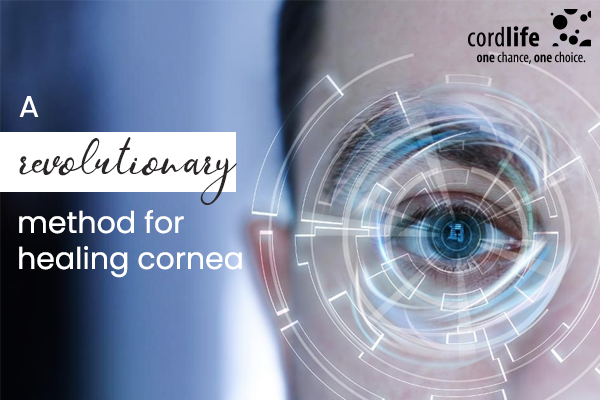Table of Contents
Most of the cells present in the body have some specific purpose, but stem cells are the basic and undifferentiated cell that can be transformed into any type of specific cells which is required. Stem cells are found in the umbilical cord blood of a newborn baby during birth.
The umbilical cord blood mainly contains hematopoietic stem cells that can be used to generate red blood cells and immune system cells. Cord blood stem cells are now-a-days used to treat a variety of blood disorders and conditions of the immune system such as leukaemia, anaemia, and autoimmune diseases. These stem cells are largely used in children’s treatment but have also begun to be used in adults after doing the conditioning process of chemotherapy.
Some scientists of Tufts University School of Medicine had found a method of growing and maintaining the olfactory stem cells that can be used for the restoration of the tissues found in the nose. This latest discovery has raised a hope that it can restore the sense of smell those who have lost it due to any kind of injury or degeneration.
After the transplantation of horizontal basal stem cells in the injured tissue, it helps in the development of olfactory epithelium cells. This development will help in paving the pathway for doing researches in stem cell therapies in the future. Some corneal limbal cells are believed to have stem cell-like properties and are capable of corneal epithelium regeneration. By their ability to differentiate into multiple lineage cells, stem cells are currently found to potentiate regenerative medicine. Among these, embryonic, adult and induced stem cells are the most common cell sources for clinical use.
The corneal endothelial cells can enlarge and relocate to fulfill a decrease in cell density rather than regenerate when damage occurs. So, severe corneal endothelial diseases tend to cause corneal oedema, decompensation, and transparency loss. Corneal endothelial keratoplasty is a therapy used in the development of corneal endothelial diseases that do not respond to medical treatment. However, its availability is also limited by a lack of donor tissue and high-tech dependence.
Apart from surface diseases of the eye, corneal endothelial cell culture and transplantation is also a major problem for corneal decompensation and lies ahead of further research to find extensive methods to the non-regenerative corneal endothelium. Some of the clinical trials have been completed and the extraordinary recovery of vision has been achieved. Lastly, over the past two decades, nanotechnology has shown great improvement in eye drug delivery systems. Reconstruction strategies for the eye surface could be combined with nanoparticles to promote healing of the wound, drug delivery, and even inhibition of neovascularization.
Improving the expansion of in vitro cells with the help of biocompatible scaffolds/nanoparticles can effectively overcome the corneal donor shortage problem. In the near future, new ocular drug delivery systems will be able to improve the effects of stem cell therapy in corneal regenerative medicine by combining stem cell applications.
